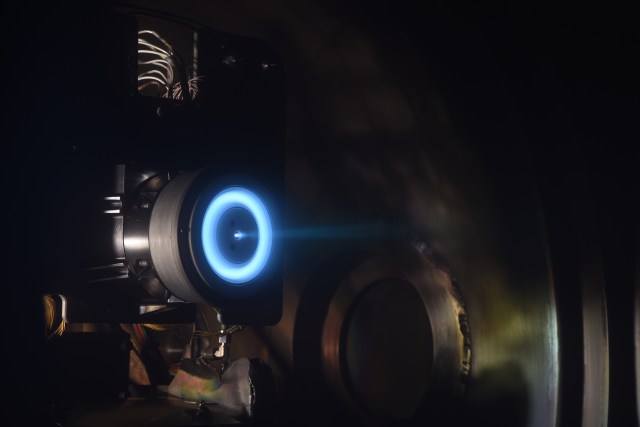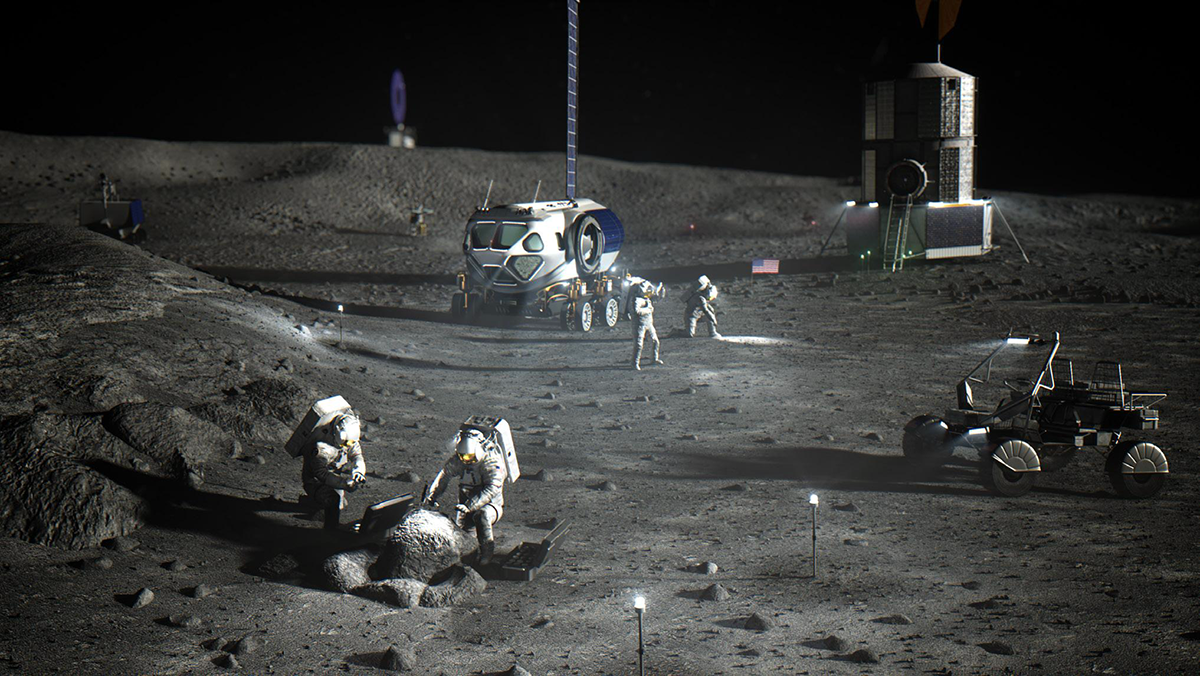Planetary science missions using small spacecraft will be required to perform challenging propulsive maneuvers—such as achieving planetary escape velocities, orbit capture, and more—that require a velocity change (delta-v) capability well in excess of typical commercial needs and the current state-of-the-art. Therefore, the #1 enabling technology for these small spacecraft missions is an electric propulsion system that can execute these high-delta-v maneuvers. The propulsion system must operate using low power (sub-kilowatt) and have high-propellant throughput (i.e., the capability to use a high total mass of propellant over its lifetime) to enable the impulse required to execute these maneuvers.
Pushing the Limits of Sub-Kilowatt Electric Propulsion Technology to Enable Planetary Exploration and Commercial Mission Concepts



